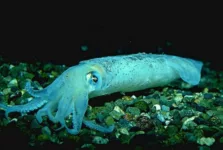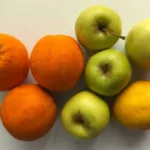A team of researchers, at the Pennsylvania State University, have derived a, self-healing, multiphase polymer (macromolecule) from the genetic code of squid ring teeth. The polymer can self-heal only by adding a drop of water. There are other self-healing materials around but nothing that sticks itself back together by only using water.
Melik Demirel, professor of engineering science and mechanics, and his team found that proteins with self-healing properties are omnipresent on the ring teeth of squids, regardless of which part of the world they come from. The problem is that you only get 1 gram (0.03 oz) of the protein from 5 kilograms (11 lbs) of squid and the composition varies between species.
Having a heart for squids and needing a uniform material, the researchers used biotechnology to create the proteins in bacteria. As the scientists put it
The two-part material is a copolymer consisting of an amorphous segment that is soft and a more structured molecular architecture. The structured portion consists of strands of amino acids connected by hydrogen bonds to form a twisted and/or pleated sheet. This part also provides strength for the polymer, but the amorphous segment provides the self-healing.
In the video below you can see a demonstration of how it works.
The polymer can either be molded using heat or cast by solvent evaporation. The scientists used warm water, slightly warmer than body temperature, to “stick” the two pieces together again, impressive.








